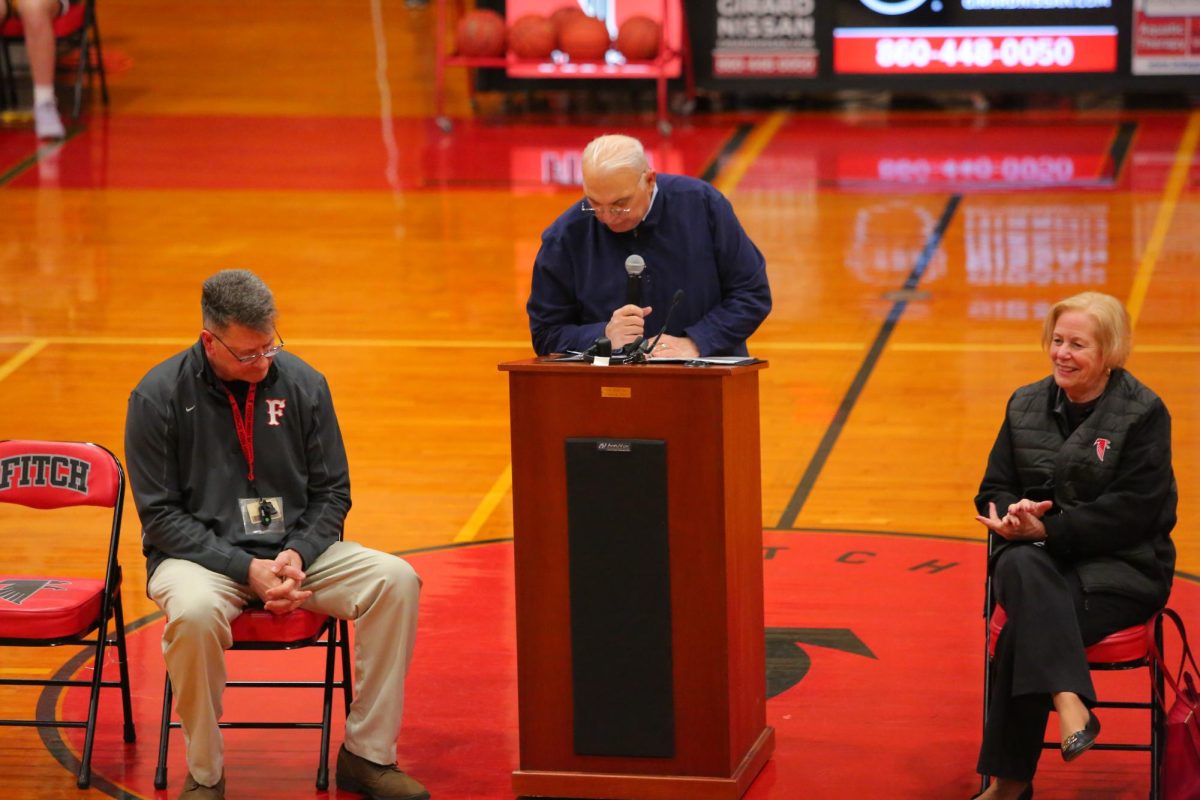How do old serial killers’ cases impact how we solve cases now?
June 16, 2021
One of America’s first serial killers was also one of its most methodical. So… how did he get caught?
Between 1891 and 1894, H.H. Holmes, also known as Herman Webster Mudgett, used his hotel to murder somewhere between 20 and 200 people.Holmes had built a hotel named the World’s Fair Hotel, sometimes referred to today as the “murder castle.” However, his crimes didn’t start off with murder; in fact, he had been a con artist and bigamist for years, fleeing from state to state. He stole medical cadavers and mutilated them, claiming they were in accidents to get money. Holmes had mutilated the cadavers he stole and claimed they had been in accidents to claim money from them being dead. He would also sell the remains of his victims to scientists to get money.
H.H. Holmes did not build this hotel alone; he had a business partner, Ben Pitezel. Holmes ended up knocking Ben out and lighting him on fire in order to collect his life insurance. Holmes failed and was left with the hotel alone. In this hotel, he installed trapdoors in the rooms that led to the basement, soundproof rooms, disorienting mazes of hallways and stairs, secret passages and rooms with chutes that lead to chambers which people believed H.H. Holmes would fill with acid. He had rigged the door to have an alarm go off in his room so he knew if people were trying to leave. Herman was then caught after trying to use another body for an insurance scam, and in his confession stated, “I was born with the devil in me.”
After searching the property, authorities found over 200 remains of his victims. He confessed to 20 murders but there is still reason to believe there may have been over 200. One of the most recent serial killers, They now have DNA testing and fingerprints. So if Holmes was killing now and he accidentally left DNA or fingerprints on a victim he would be caught Also if he had security cameras and police suspected him they could watch those and see where they were last seen.
Samuel Little, was caught on murder with DNA, but he wasn’t arrested for murder–rather, on a narcotic charge–and his DNA was matched to three unsolved murders in the late 1980’s. Samuel Little had murdered anywhere between 60 and 93 people. Unlike with Holmes, he has confessed to 93 but only 60 have been confirmed. After having this happen authorities have upped the game with catching serial killers. Little’s methods involved picking up females who asked him for a ride, sometimes spending a few days with them before knocking them out, strangling them, and then dumping them somewhere. One time he spent three days with one of his victims and shoplifted with her. He was caught at Kroger and arrested for a few days before being released to move his car, at which point he promptly murdered the female he was with, a woman named Ruth. His crime span had lasted between 1970 and 2005 before he was caught.
The Texas rangers have now accounted for 50 of his confessions, and at this point believe all are true and are just working on trying to find the bodies. Modern detectives now have toxicology screens, DNA analysis, fingerprint records, and other tools to help solve cases that before they could not.
The USA began to use DNA testing in crimes either to prove someone committed the crime, or prove that they did not, in the early 1980’s. In the 1800’s fingerprints as evidence came around but before that detectives would mostly use photographs, saying they were like images of the killer in the victim’s eyeballs. Police used the body temperature of the victim to determine time of death as well as ballistic testing to know if a firearm was used for murder. Police would mainly focus on the fingerprints and poisons in crime scenes.









































